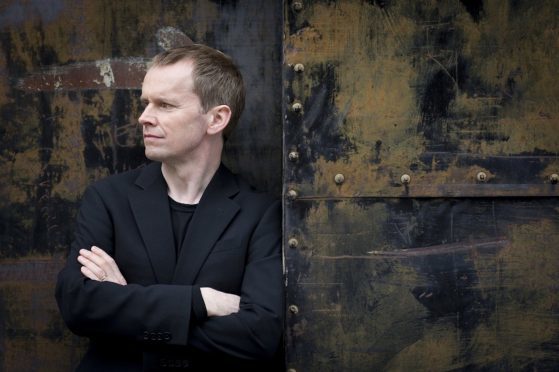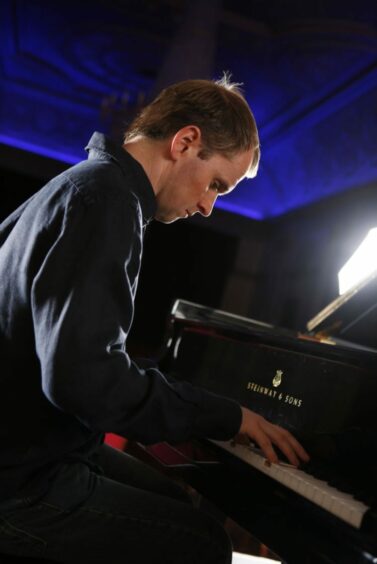The fact that Perth was the only Scottish venue for the current BBC Proms chamber concerts tour speaks volumes for the pulling power of the its Concert Hall and artistic director James Waters’ long-reaching influence.
Add to that the appearance of a performer well known to Perth audiences – pianist Steven Osborne – and this doubly ensured that Sunday was a red-letter day in the diary of many Tayside music lovers.
The addition of the excellent Heath String Quartet and music by Haydn, Tippet and Shostakovich simply made the occasion even more mouth-watering.
Early Haydn quartets seem deceptively simple, at least in comparison to later works of that genre, and there’s an airiness and refreshing mood to his Op 9 no. 2 quartet.
However, get into the bare bones of it and it’s a series of conversations between the players, very amicable it has to be said, with first violin Sara Wolstenholme, the leading voice.
The Heath quartet demonstrated with the utmost ease just how satisfactory chamber music can be. A wonderful balance of sound, allied by equally wonderful musicianship.
Tippett sonata was ‘chaotic’ but captivating
If you wanted a contrast from Haydn’s contented and intimate composition, look no further than the earth-shattering opening bars of Tippett’s second piano sonata.
There was a comparison to the Haydn quartet, however tenuous it might seem: Dialogue. But in this instance, it was short, curt and extremely volatile and not in the least amicable.
Osborne called it “chaotic” and that is something of an understatement. Fragmented, misguided, contrasting and unnerving it might be, but I found it rather captivating as I had no idea where the composer was going next!
However, Steven Osborne’s miraculous technique – which I’ve witnessed many times – came to the fore, amidst an array of crashing chords, intimidating semi-quaver runs and boisterous and sometimes belligerent keyboard heroics that would unnerve a lesser mortal.
Unity provided by Shostakovich quintet
To end with the Shostakovich piano quintet – with Osborne and the Heath in marvellous unity – meant there was a sort of symmetry to the proceedings, especially in the opening movement.
The fugue that evolves echoes JS Bach, the master of this art and one that Haydn was no slouch in, is to me the best part of the whole work.
Its build up through all the performers is something quite special.
I should also mention the composer’s knack of mixing a pretty hard-hitting second movement with the eloquence and deep and heartfelt harmonies that pepper the outer movements.
It ends with a deep and satisfying resolution which makes you wonder. Written in 1940 when his native Russia was under enemy threat, did Shostakovich have a premonition of peace?
It certainly was a distraction from trouble and strife, and a very welcome one it must have been.


